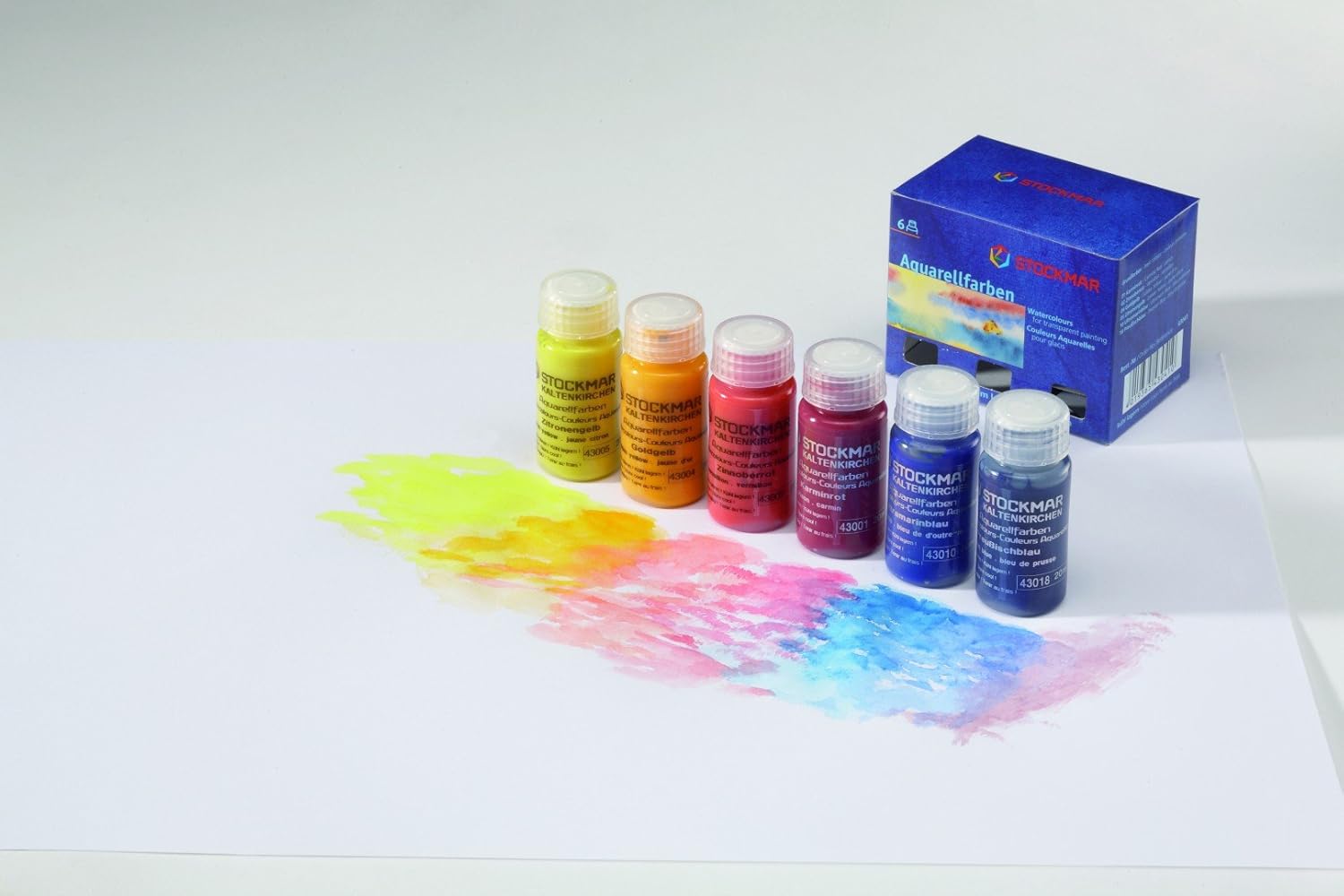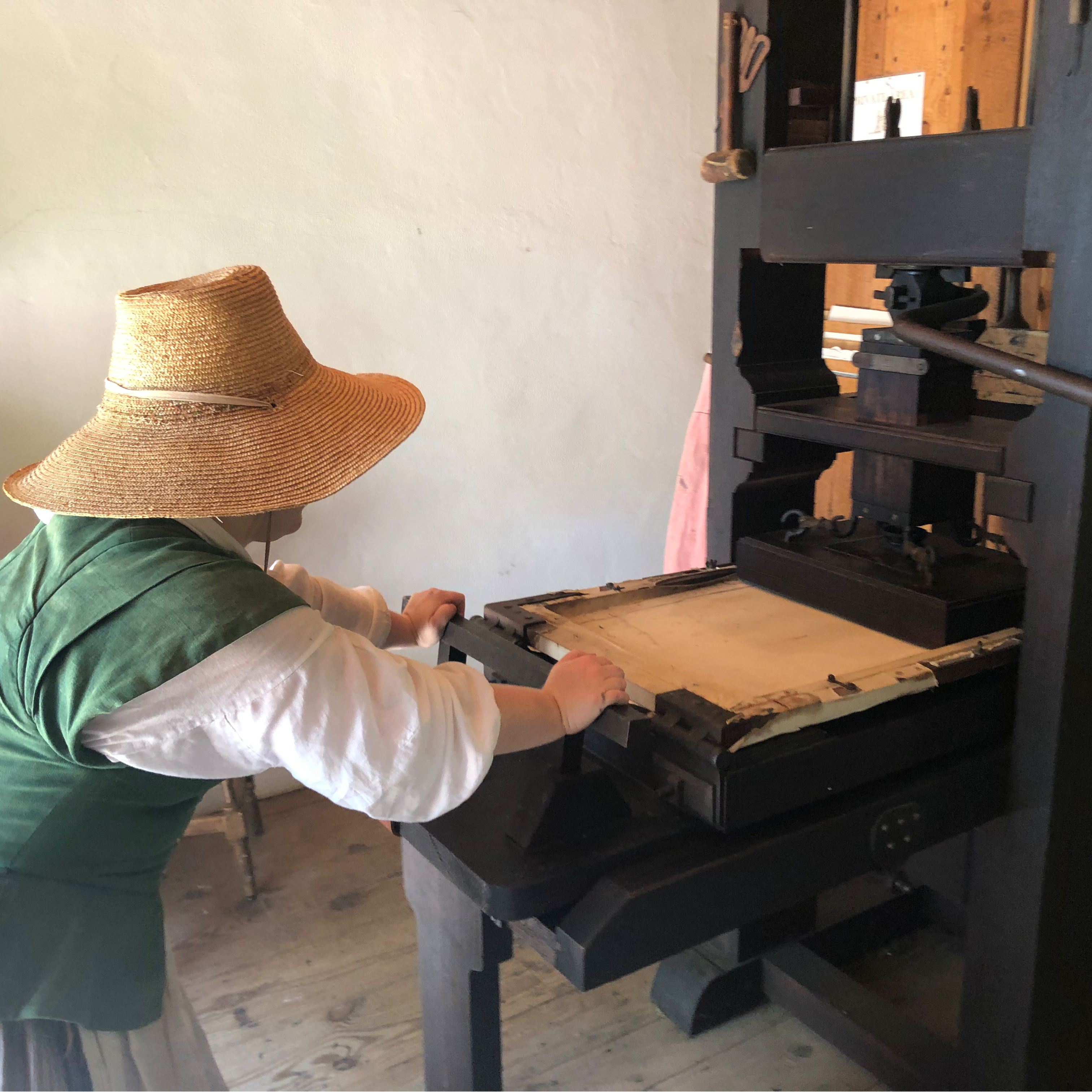(All of my notes from teaching Norse Mythology are located on my website.)
Monday, January 6
- read "Introduction" and "The First Gods and Giants" in D'Aulaires' Book of Norse Myths
This book has 30 myths, which I have divided into two sets of 15. It is perfect for two Waldorf main lesson blocks! If you only have time for one main lesson, I recommend Odin's Family by Neil Philip.
- do watercolor painting of Niflheim (blue), Muspelheim (red), and Ginungagap using Stockmar Circle Color Primary colors
- do Ice Cube Race, 2 trials, 5 minutes
Tuesday, January 7
- do The Great Backwards Ice Cube Melting Race, 2 trials, 10 minutes
- review "The First Gods and Giants"
- paint Muspelheim and Niflheim again using the warm red (vermillion) vs the cool red (carmine) suggestion in Painting in Waldorf Education by Dick Bruin and Attie Lichthart, page 83
This book is available online completely for free as a PDF (from the Online Waldorf Library). I find it helps the children if you set out the primary yellow and primary blue and then set out the vermillion and carmine red beside them. The red which is closer to the yellow is warm; the red which is closer to the blue is cool. It also helps to ask each child which world they are going to paint first, and remind them that they will be beginning with either warm red or cool red. Our trick for remembering which world is which is that when you have a cold you get the sniffles (thus, the cold world is Niflheim).
- rough draft, edit, add to MLB "The First Gods and Giants"
- read "The Creation of the World" and "The Creation of Man"
Thursday, January 9
- demonstrate and allow students to practice mixing concentrated Stockmar watercolor paint
- do watercolor painting of the Sun from my 2016 workskhop with Gail McManus... with Golden Yellow, Vermillion, and Prussian
- rough draft, edit, add to MLB "The Creation of the World"
Friday, January 10
- examine and compare cold press and hot press watercolor paper
- demonstrate and allow students to practice stretching dry paper on painting boards
- do watercolor painting of the Moon from my 2016 workshop with Gail McManus... with Golden Yellow, Lemon Yellow, Violet, and Ultramarine
This group sat in on all of the Science Experiments of the Four Elements group this week as well. Everyone found them fascinating! We also did Lesson One in the IPA Shaving Cream Sensory Bin (Sibilant Consonants, Plosive Consonants). Our new read aloud for January is Farmer Boy by Laura Ingalls Wilder. In chapter 3 on Thursday we talked about churning cream into butter, and I discovered that many students had never experienced this. So on Friday we used a large jar and a pint of heavy whipping cream to make homemade butter, spread it on bread, and had it alongside our Stone Soup.
Yum!
This post contains affiliate links to materials I truly use for homeschooling. Qualifying purchases provide me with revenue. Thank you for your support!














 Immersive Experience
Immersive Experience Immersive Experience
Immersive Experience








8 comments:
Hello! This is probably a dumb question but I never learned much about Norse or Celtic history. On your page and several other Waldorf sites, I see recommendations for Celtoc knot art work as part of the Norse myths. Could you explain why? I tried looking up books on Norse art but couldn't find any. Is it just the lack of available resources, or is there a deeper reason?
Thank you for all you do!
Hi Jessica. That's an excellent question! I never learned about these things when I was younger either. One of the most fun things about Waldorf is having to teach blocks on things you never learned in school, because then there's so much to discover!
The Norse and the Celts were two different groups, for sure. They lived near each other geographically and in time and so there was an influence. I dug deeper into this myself when I just went through this block, trying to make sure it was clear for my students that they could be connected but they were not the same group of people. We ended up talking about the Book of Kells and the intricate design work on illuminated manuscripts (which, of course, they were trying to keep from the Vikings in raids).
I do know that Jean Miller did Celtic mythology instead of Norse mythology when she homeschooled her youngest child in fourth grade because she borrowed my book: Druids, Gods & Heroes from Celtic Mythology by Anne Ross. So you could always study Celtic myths instead of Norse ones so that things aren't so incongruous.
It is my belief that drawing intricate Celtic knots in grade 4 is the highest point of Form Drawing before we take kids to Freehand Geometric Drawing in grade 5 and drawing with geometric tools in grade 6. It is useful primarly for the care and attention that must be taken to the work, and only secondarily is the art for the academic topic. The Vikings didn't seem to really have art for art's sake, but they did beautifully decorate items of everyday utility. They used abstract intricate and interlacing motifs, especially in the last period of their art. I think you can see the Celtic influence there (Urnes -- https://www.ancient.eu/Viking_Art/).
So, since Celtic artwork is readily available and it is of a similar style, I think people connect them and use those visual elements in this block.
My apologies for never responding sooner. Thank you for the thorough answer! :)
Hi! I'm trying to plan a norse mythology block, and I am happy I found all your information on the topic, it is really helpful! I'm wondering though what you mean when you write "rough draft, edit, add to MLB "The First Gods and Giants" "?
Hello! In the Waldorf two-day rhythm, you tell the story and do hands-on artistic exploration of it on the first day. On the second day, after a child has slept, you together orally recall the information and then come up with a written summary. Then it is added to the main lesson book (MLB) along with an illustration. And you tell the new story.
The rhythm continues in this way through the main lesson block.
With some Waldorf teachers and schools, the adult writes the summary of yesterday's story on the chalkboard and the children copy it. This makes sense for a large group. However, in a homeschool setting, where you are only working with a few children, you have the time to have each child compose his/her own written summary. I have my students each write a rough draft recalling the previous day's lesson. Then I meet with them one-on-one for an edit (allowing me to do mini-lessons on punctuation, spelling, etc.). Then they write the final draft in their MLBs and add the illustration.
The main lesson book procedure can be used for any topic, from Norse Mythology to Fractions to Physics to Botany. It is wonderful assessment and creates a beautiful portfolio!
So, we read "The First Gods and Giants" on Monday, and we reviewed it and added it to our books on Tuesday.
Thank you so much! I'm used to my daughters being in a Waldorf school, and indeed they were copying a short text and picture from the chalkboard. Homeschooling is totally new to me this Fall, and I'm struggling!
I do offer phone consultations; just visit my website at waldorfcurriculum.com. I’d be very happy to talk with you more in depth!
Post a Comment